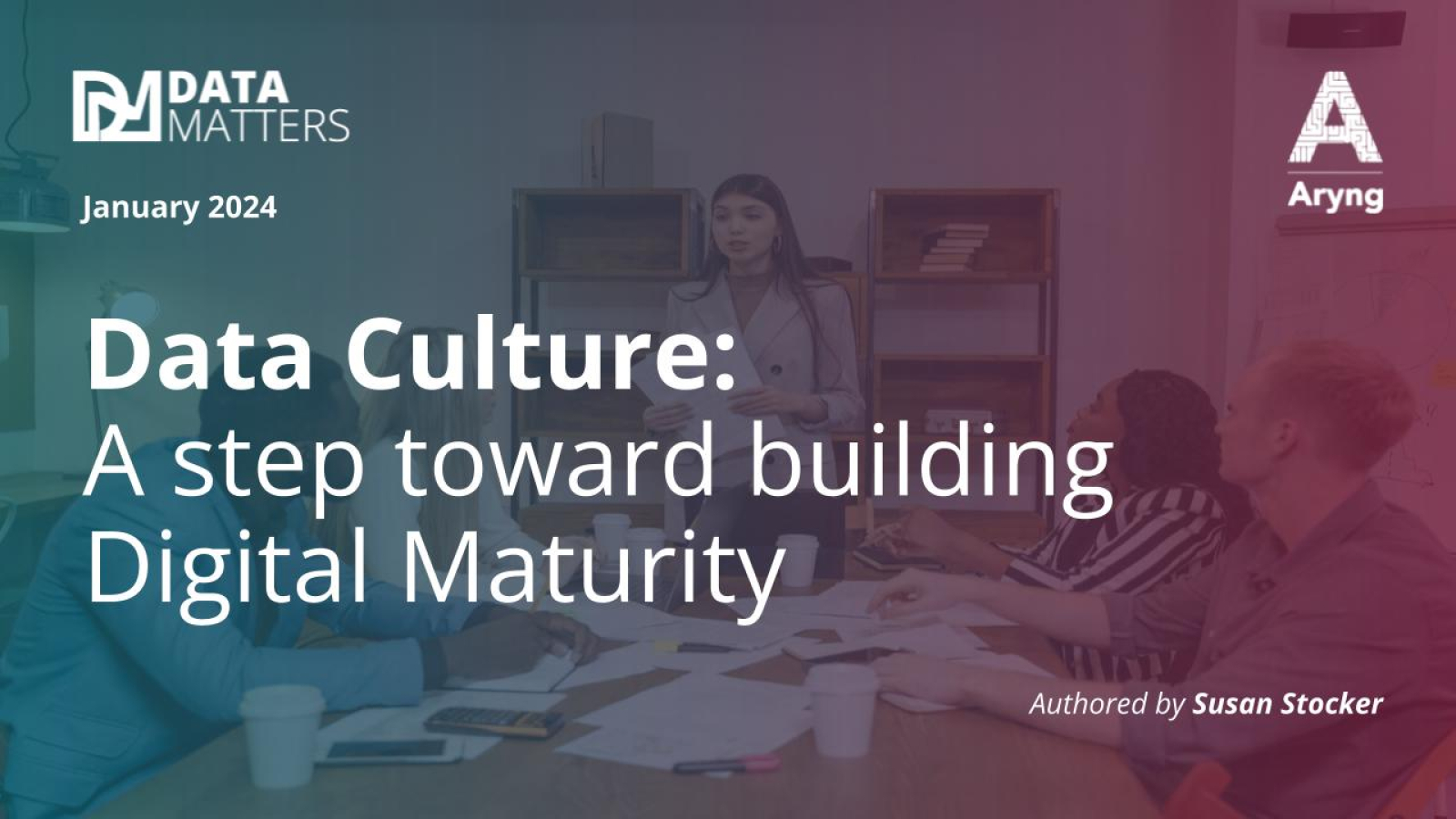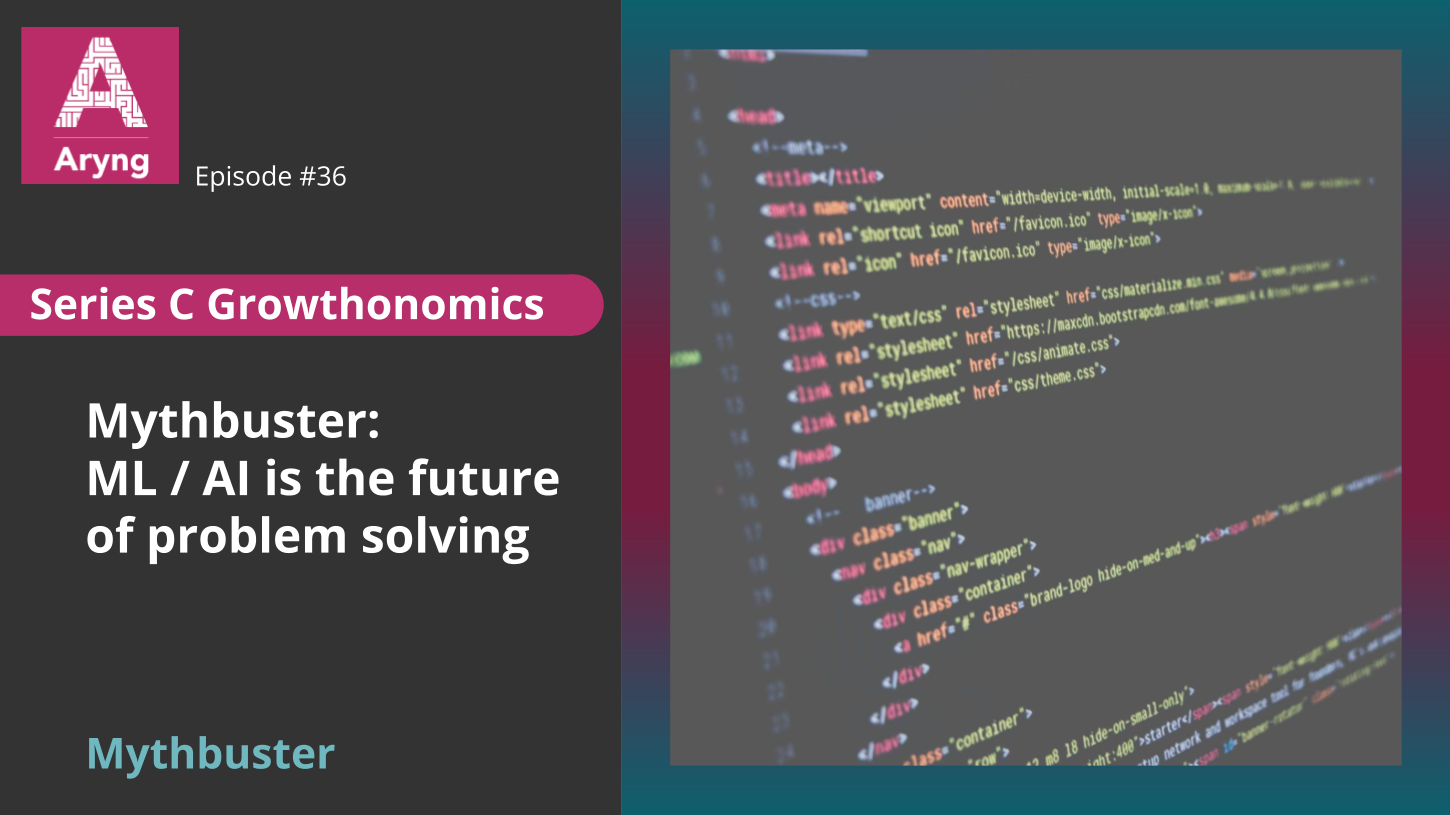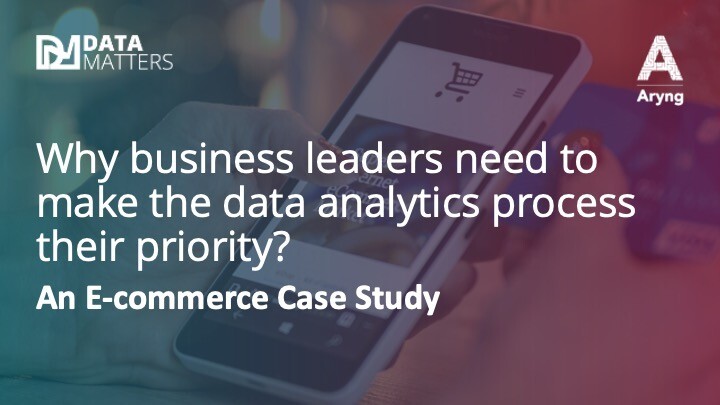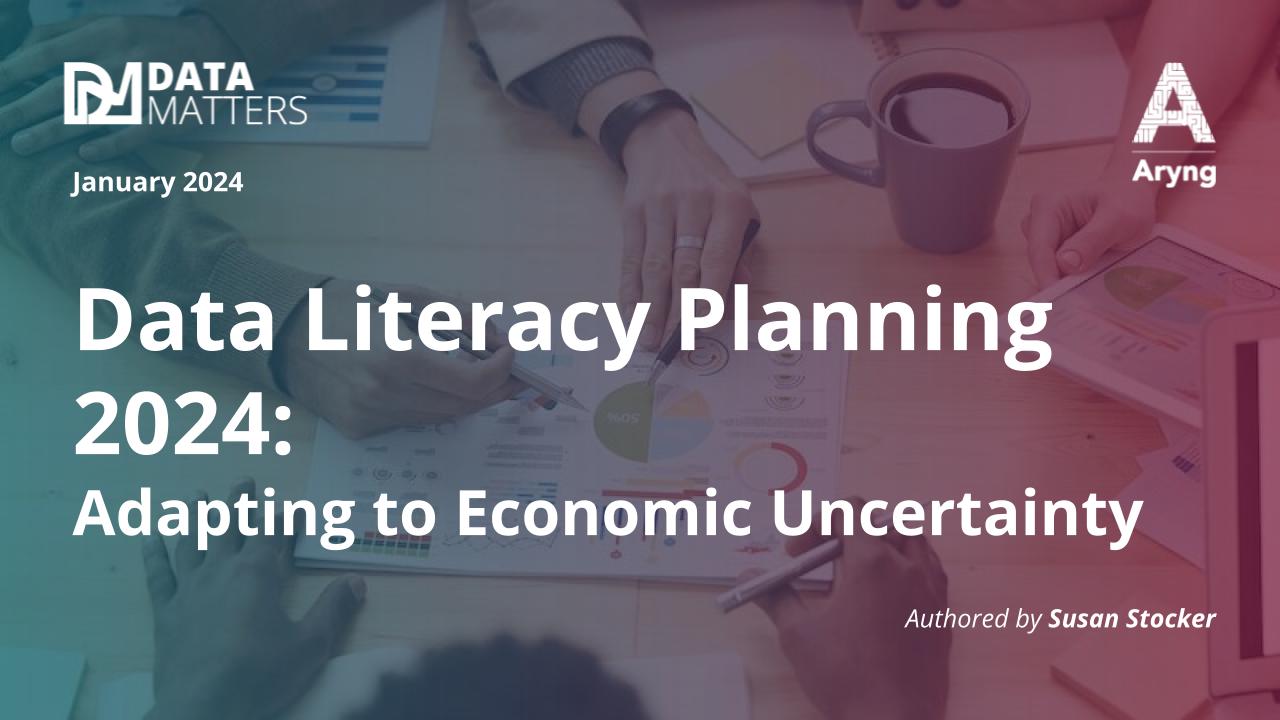Does “data culture” matter? We polled 300 leaders across business functions and 77% said yes, 18% said no, and the remaining 5% said it was not clear. Of the 77%, they said it has a direct impact on their strategic goals.
What is the power of culture change? According to McKinsey, leaders believe that quicker decisions, operational agility, buy-in and engagement are required if optimal performance is to be achieved. Yet, there is no single best solution. Put another way, what got us where we are today will not get us where we want to go.
As we embrace GenAI, the data silos that have been created by disparate data applications and the manual interventions will go away. We need to look differently at how data informs decision making from start to finish across the business model.
The goal of culture change is to achieve (re)alignment of values and behaviors towards a shared goal until it just becomes the way people work. Now more than ever, organizations know they need to leverage data to innovate and accelerate into new ways of working.
Most companies have already started moving data into decision-making. This forms the basis of data culture – when your company applies data to make decisions at every level.
Data Culture Roadmap
Data Culture Roadmap can lead you toward analytics maturity, i.e. evolving into an organization that manages data and uses it to make informed decisions that drive results. The right roadmap can enhance any digital transformation change management plan or be used to transform the data function.
Four Pillars of Data Culture
A company with mature data analytics will need to have these four data attributes:
Data-driven Leadership: The leaders of the organization understand the power of data as well as analytics and have a strong motivation to lead by numbers.
Data Maturity: There is a single source of truth for data, i.e. people can access data with ease and that data is accurate.
Data Literacy across the organization: Data Literacy is not one-size-fits-all. It calls for all members of the organization to have an appropriate level of understanding of data depending upon their job role and the decisions they need to make.
Data-driven decision-making process: There exists a mechanism to make decisions in the organization, which is aligned with the key drivers of the business. This allows everyone to understand how their work moves the key metrics, thereby adding value to the company.
Assessing Data Culture that leads to action
Within each of the four pillars are detailed descriptions of what progressive maturity looks like. This allows you to assess where your company stands in terms of data culture. At this phase, you ask questions such as:
- How mature is access to data in your organization?
- Is there a single source of truth?
- How data literate is your organization?
- Is there a data-driven decision-making process?
- How data-driven is your organization?
By answering these and other questions, you see where the company is leading and lagging in the needed level of maturity and where you can use it to remove barriers to, or accelerate your business transformation.
A map of the results clearly shows the problems you are facing. Then, you can work toward improving them. For instance, consider the sample output shown below.
Analytics maturity heat map sample:

Analytics Maturity Heat Map
In this example, the company can see areas of improvement. It lacks data maturity. It makes sense to work on this before investing in data literacy. It can also start to improve its leadership attributes, getting leaders engaged in areas that will ensure the right data capability is in place as they mature.
Defining the right attributes for each area requires an understanding of basic maturity models and thoughtful consideration of how each attribute relates to your strategic goals.
Conclusion
Improving your data culture may seem hard. It is if you don’t know where it is taking you. Culture surveys that are subjective, or not specific to data, lead to actions that are hard to implement or are not sustained. I prefer to see the data culture assessment done as part of a change management plan that may be aligned with a system implementation. You can measure your progress. This will bring more objective, actionable ideas to the discussion. With the assessments data, leaders are in a better position to set the right priorities and avoid actions they are not yet ready to take.
Authored by Susan Stocker

Author of the article










